* Japan to produce Patria AMV XP 8×8 armored vehicles in Hiroshima
Japan Steel Works will begin licensed production of the Finnish-designed Patria AMV XP 8×8 wheeled armored vehicle in Hiroshima in September, Bulgarian Military reported, a major development for Japan’s defense industry that underscores the country’s efforts to modernize its military.
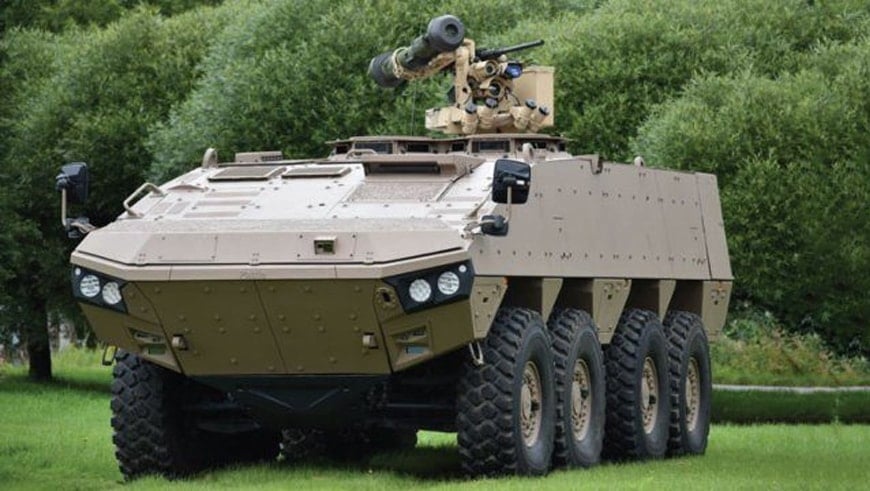 |
| The Patria AMV XP 8×8 is a wheeled armored vehicle designed in Finland. Photo: Blog Spot |
Production will be carried out at Japan Steel Works' facilities in Hiroshima, starting with the assembly of Finnish-supplied components, then moving to domestically produced components through a network of Japanese subcontractors.
The AMV XP is a modernized version of Patria's modular armored vehicle line, designed to meet the requirements of the modern battlefield. The vehicle is approximately 8m long, 2.8m wide and 2.4m high, has a maximum combat weight of 32 tons and can carry a payload of up to 15 tons.
The vehicle's modular armor system provides protection against 30mm armor-piercing rounds and mines with a blast yield equivalent to 10kg of TNT, significantly improving survivability compared to the Type 96 tank , which is primarily protected against infantry fire and artillery shell fragments. The AMV XP's independent hydropneumatic suspension allows the vehicle to reach a maximum speed of over 100km/h, increasing maneuverability on a variety of terrain.
One of the highlights of the AMV XP is its versatility. The platform can be configured for a variety of uses, including a troop carrier, infantry fighting vehicle, command vehicle, ambulance, and fire support variants. It can be equipped with a remotely controlled weapon station with a heavy machine gun, automatic grenade launcher, or 30mm cannon.
* Philippines buys 40 fast patrol boats
French shipbuilder OCEA recently signed a contract to supply 40 fast patrol boats to the Philippine Coast Guard, marking France's largest-ever investment in Manila's maritime security efforts.
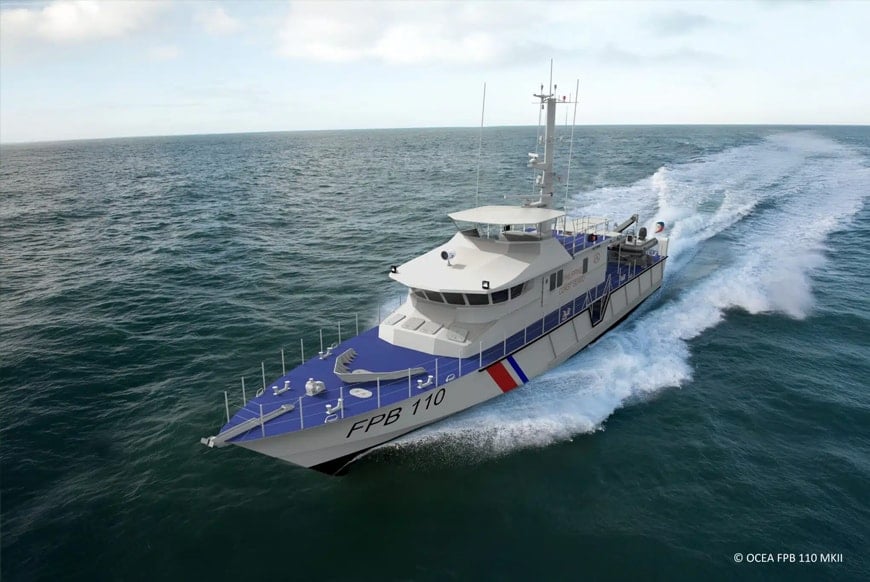 |
| 3D rendering of the Philippine Coast Guard's future FPB 110 MKII. Photo: OCEA |
The patrol boats will be based on OCEA’s FPB 110 MKII, which is 35m long and weighs 110 tonnes. They are more capable than the four OCEA FPB 72s currently in service, which are mainly used for coastal patrols and rarely enter the South China Sea. According to OCEA, the FPBs can reach speeds of 51-64.8km/h and operate within a range of 1,296km. They can carry out surveillance missions in territorial waters and distant waters, control vessels at sea, and patrol to protect sovereignty .
The €400 million deal includes the provision of vessels, logistical support services over nine years, and equipment to support the operations of fast patrol vessels at six Philippine Coast Guard bases. According to the plan, 20 vessels will be built in France and the rest in the Philippines.
Manila had previously ordered five additional 97-meter multi-purpose vessels from Japan, another major project in the Philippine Coast Guard’s modernization program. Together with efforts from Paris, the 45 new vessels will significantly supplement the existing fleet of 13 offshore-capable vessels, helping support missions across the Philippine archipelago and its exclusive economic zone.
Philippine state media also reported that the country is also in talks to buy three offshore patrol vessels based on the French Gabriela Silang design.
* India deploys new anti-tank gun
According to Defence Blog, the Indian Army has begun deploying the Carl-Gustaf M4 shoulder-fired anti-tank gun. The deployment comes after Saab FFVO India Pvt Ltd, a foreign-owned subsidiary of Saab AB, set up a new manufacturing facility in India.
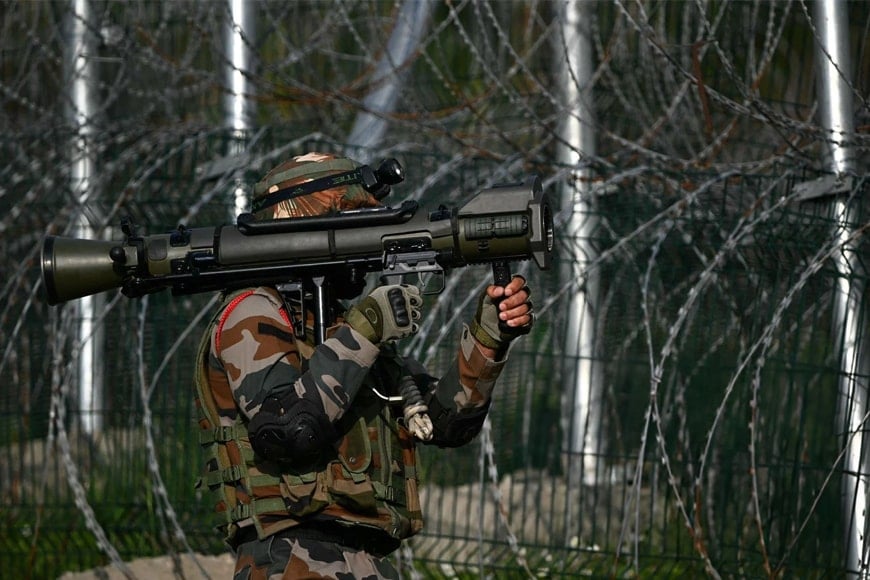 |
India deploys new Carl-Gustaf M4 anti-tank gun. Photo: Defence Blog |
According to images circulating from recent Indian Army exercises, soldiers are operating the 84mm Carl-Gustaf M4 system, with the secondary gunners carrying two 751 series long-range anti-tank rounds.
The M4 is a significant upgrade over the older Carl-Gustaf models previously used by the Indian Army, with lighter weight, shorter length and improved aiming system.
In 2024, after receiving approval for 100% foreign direct investment (FDI), Saab set up a new manufacturing unit in India to locally manufacture the Carl-Gustaf M4 system. The company broke ground on the new plant in March 2024, marking the start of the local production of the M4 variant with full technology transfer.
The M4 is designed with an advanced fire control system and lightweight materials, including carbon fiber reinforcement, to increase maneuverability and responsiveness in infantry operations. The gun is compatible with a variety of ammunition including anti-tank, anti-structure, and illumination rounds.
India's introduction of this latest anti-tank gun demonstrates its efforts to modernize infantry weapons and promote domestic defense production under the "Make in India" initiative.
QUYNH OANH (synthesis)
* Today's World Military column on the People's Army Electronic Newspaper sends readers the latest information on world military security and defense activities in the past 24 hours.
Source: https://baodaknong.vn/quan-su-the-gioi-hom-nay-24-5-an-do-trien-khai-sung-chong-tang-moi-253481.html


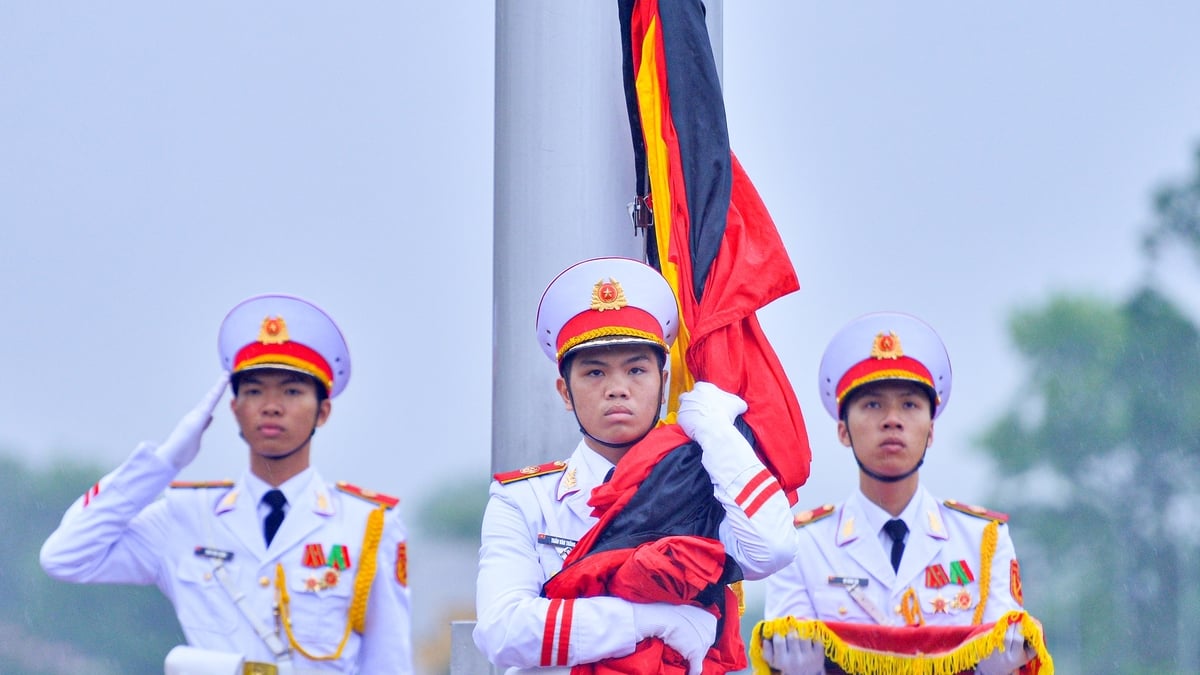

![[Photo] Top players gather at the 2025 Nhan Dan Newspaper National Table Tennis Championship](https://vphoto.vietnam.vn/thumb/1200x675/vietnam/resource/IMAGE/2025/5/23/9ad5f6f4faf146b08335e5c446edb107)
![[Photo] Anh Hoang - Dinh Duc successfully defended the men's doubles championship of the National Table Tennis Championship of Nhan Dan Newspaper](https://vphoto.vietnam.vn/thumb/1200x675/vietnam/resource/IMAGE/2025/5/23/d6ab3bcac02c49928b38c729d795cac6)
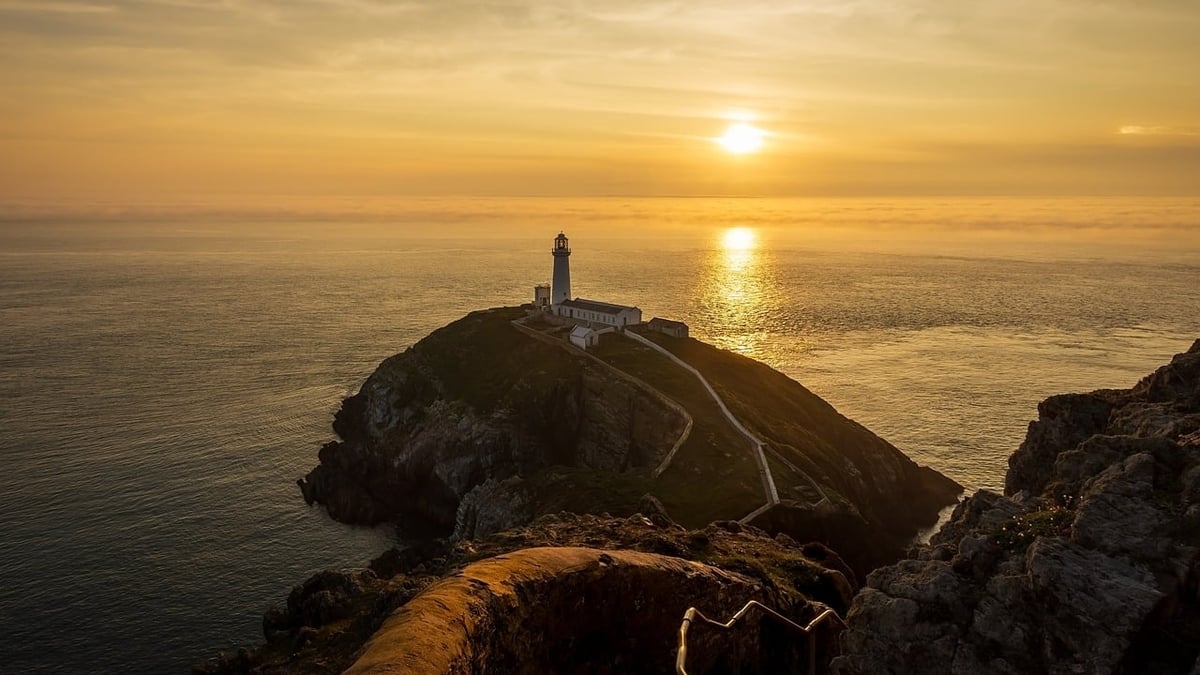
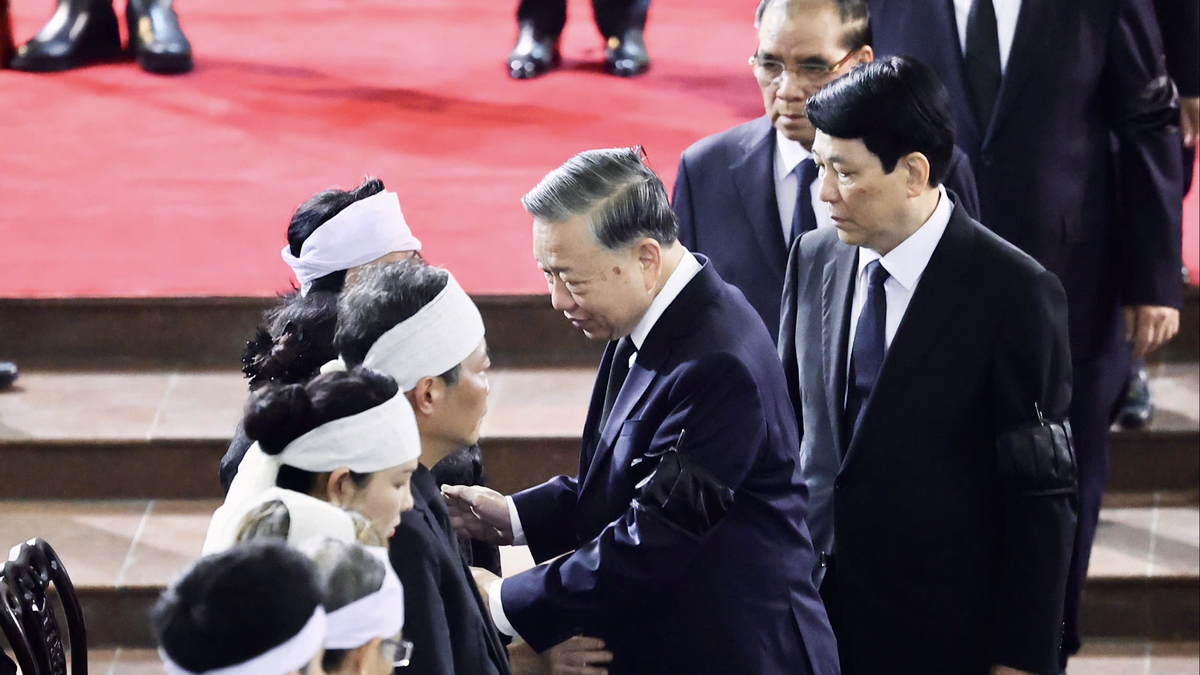





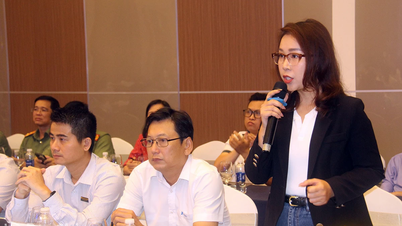

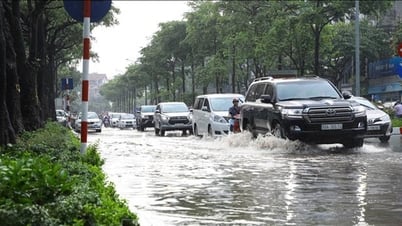






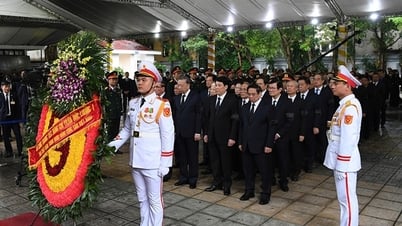


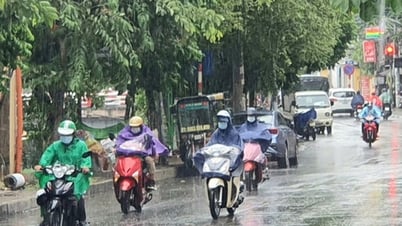






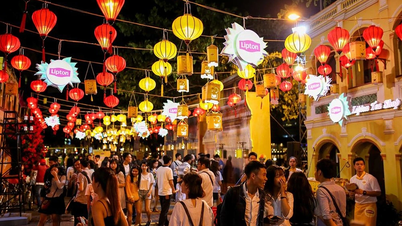




























![[Photo] The Central Party Executive Committee delegation visits former President Tran Duc Luong](https://vphoto.vietnam.vn/thumb/402x226/vietnam/resource/IMAGE/2025/5/24/32f67673454445aab0f1f2af331cb170)
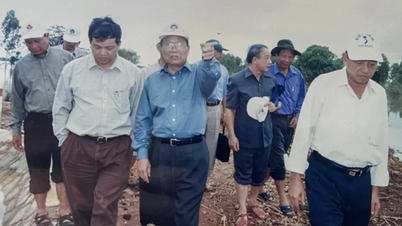

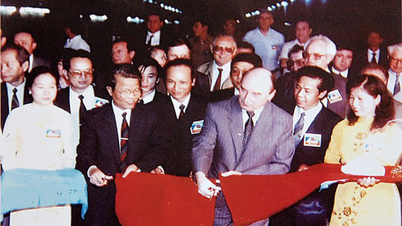




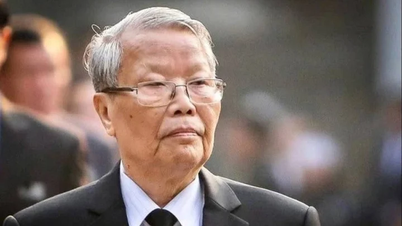








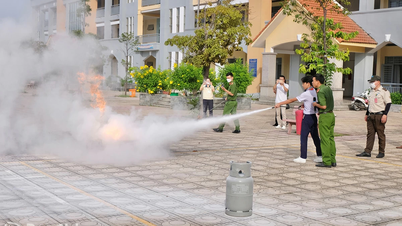


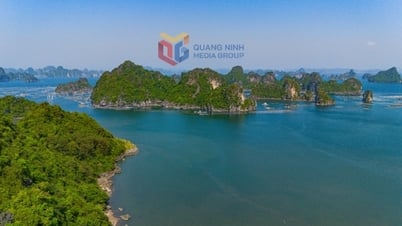

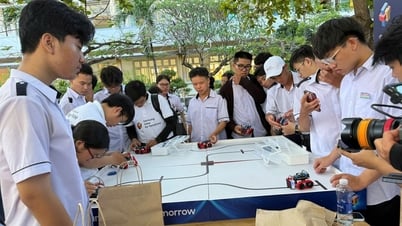
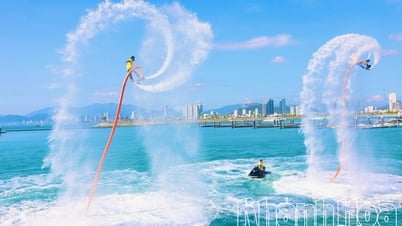













Comment (0)